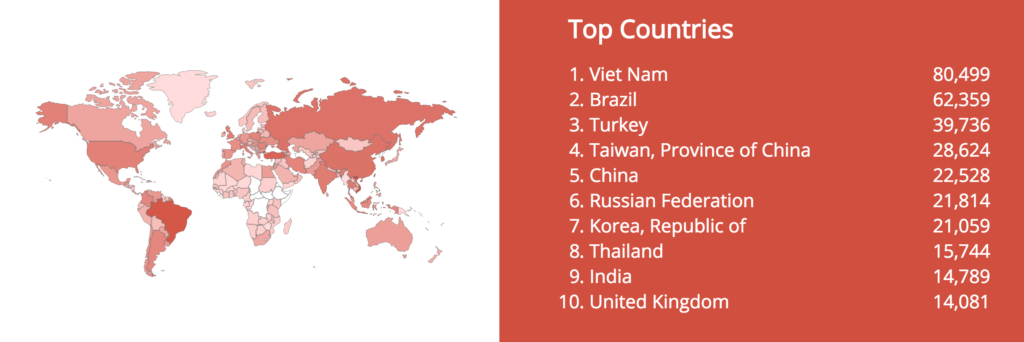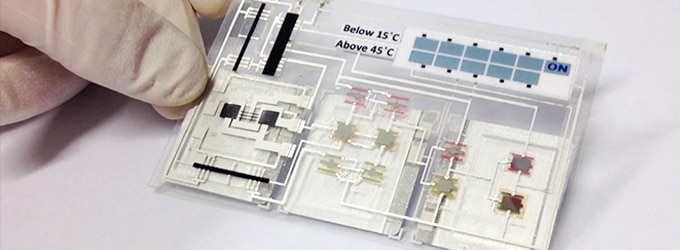In-brief: A common, China-based supplier of management software is the common thread that ties together the myriad digital video recorders, IP-based cameras and other devices that make up the Mirai botnet, according to analysis by the firm Flashpoint.
circuit
Can Chip Fingerprinting Secure IoT Devices Against Malware?
In-brief: Researchers in Japan have developed a way to uniquely identify Internet of Things devices: creating a “fingerprint” based on subtle variations in chip composition, according to a report in IEEE Spectrum.
Cyber Lemons: Lawsuit alleges Hackable Cars Pose Risks to Consumers
In-brief: A lawsuit filed in California charges U.S. automakers with endangering their customers by failing to protect ‘connected vehicle’ features from cyber attack.
Supply Chain Risk: Raspberry Pi Device Used for War Shipping
An interesting post on supply chain security over at Security Affairs. The post looks at a new approach to supply chain surveillance (and, presumably, attacks): ‘war shipping.’ War shipping is, of course, a play on the ‘war driving’ scene from the early days of consumer wifi, in which cars outfitted with antennae would canvas whole cities, documenting open wi-fi hotspots that could be used to grab some free Internet. In this case, Security Affairs notes a shippable board-sized package designed by security expert Larry Pesce of Paul’s Security Weekly (fka Pauldotcom). The device can be contained in a standard UPS shipping box and delivered to a target network to passively surveil or even attack it. The kit is built on a Raspberry Pi b_ with an AWUS051NH wireless card, a cheap battery charger, kismet and custom software. Pesce demonstrated the device at Derbycon, a Louisville, Kentucky based event last month. The device includes both […]
Printable Smart Labels Warn When The Milk’s Gone Bad
What’s been called “The Internet of Things” or “The Internet of Everything” is a revolution in computing that has seen the population of Internet connected “stuff” skyrocket. By 2020, there will be an estimated 50 billion devices connected to the Internet (or whatever its called then). Today, the list of IP-enabled stuff is already long: phones, automobiles, household appliances, clothing. But, under the hood, a lot of these devices really aren’t much different from the PCs that grace our desks. They have hard drives, CPUs, memory, input devices, and so on. Most are still assembled in factories by humans and machines. This can be done cheaply and, in some cases, automated. But it’s still a labor-intensive and expensive process. But what if you could just “print” working electronics like, say, The New York Times prints its daily newspaper (at least for now!)? That would change everything. For one thing: […]





